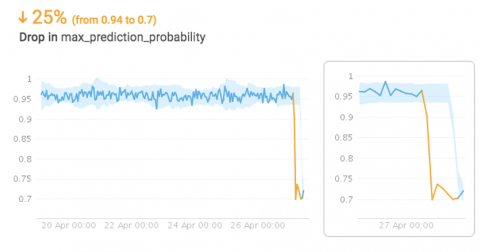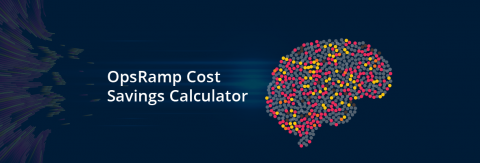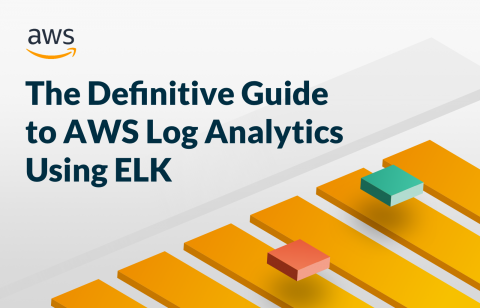Amazon Quicksight ML Anomaly Detection vs. Anodot Autonomous Analytics
Companies invest in anomaly detection in order to proactively identify risks, such as revenue loss, customer churn and operational performance issues. Anomaly detection essentially enhances traditional BI and visualization tools, venturing beyond a summary view of your data. It constantly scans every metric, at a granular level, to find abnormalities. But in order for this technology to have an impact, you must be able to trust it.











